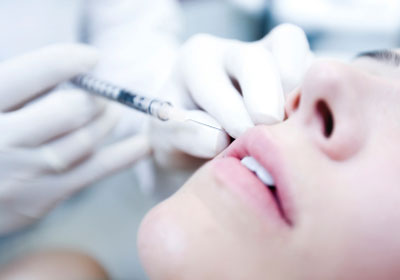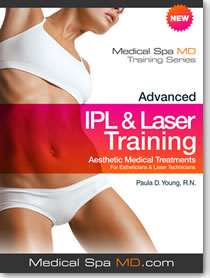Career Advancement for Medical Estheticians
/ Awhile back I posted an aesthetician position on a local job search website. In my requirements, I had stated that only those aestheticians who have been trained in the proper use of laser technology should apply. I must have received over 100 resumes with barely a few who have ever laid their hands on a laser or even observed any procedures.
Awhile back I posted an aesthetician position on a local job search website. In my requirements, I had stated that only those aestheticians who have been trained in the proper use of laser technology should apply. I must have received over 100 resumes with barely a few who have ever laid their hands on a laser or even observed any procedures.
I selected a few resumes who I felt had years of experience and; therefore, would know the basic concepts of how skin reacts to laser light, Fitzpatick Skin Typing Scale, etc. I was surprised at how many of them had no idea how to answer what I was asking them.
It's obvious there are many skilled aestheticians out there seeking employment, or desiring to advance their career. I would highly suggest the Advanced IPL & Laser Training Course for Estheticians & Medical Spa Laser Technicians.
Advanced IPL & Laser Training Course is much more than knowing what the difference is between 532nm and 2940nm of light; or how different wavelengths affect blood, pigment and water; or even how laser light affects the stem cells of a hair shaft during the anagen growth phase. It's about broadening your knowledge of the aesthetic field, becoming a more valuable member to a medical aesthetic team, increasing your revenue by commission and upselling with your knowledge, and benefiting your patient by being able to explain various treatment options for them (some performed by you and other treatments by the physician). Even though you may not perform every treatment in a medical spa, such as injectable procedures or laser skin resurfacing, your knowledge of those procedures is very important in the patient advocate and educational process.
Even if you have no hands on training at this point, the Advanced IPL & Laser Training Course for Estheticians & Medical Spa Laser Technicians will lay down the foundation you need to secure a position in a medical spa. If one of the candidates had any understanding of some of the principles of laser technology, I would have brought them in for a personal interview with the physician. Hands on training is the easy part, the hard part is the theory behind laser technology.
Author: Paula D. Young RN runs internal operations and training at Young Medical Spa and is the author of the Medical Spa Aesthetics Course, Study Guide, and Advanced IPL & Laser Training course for medical estheticians and laser technicians.
Submit a guest post and be heard.











